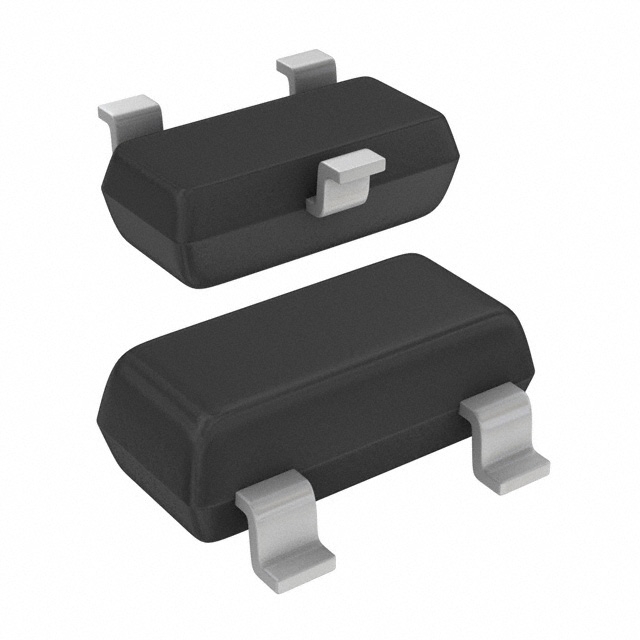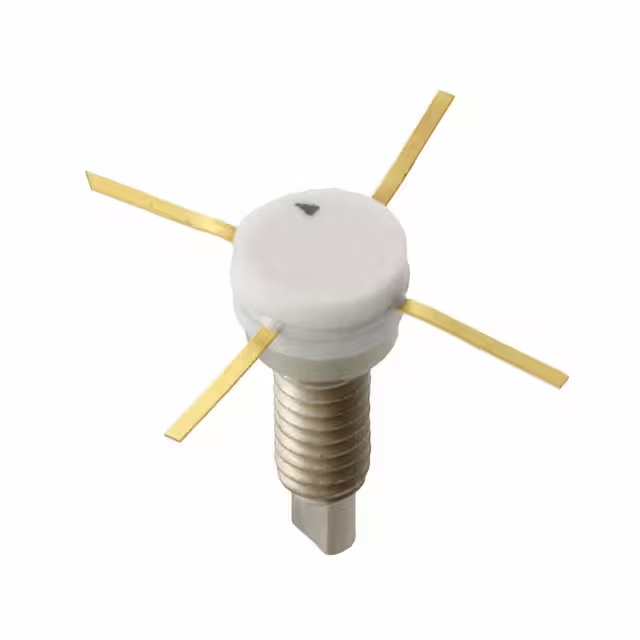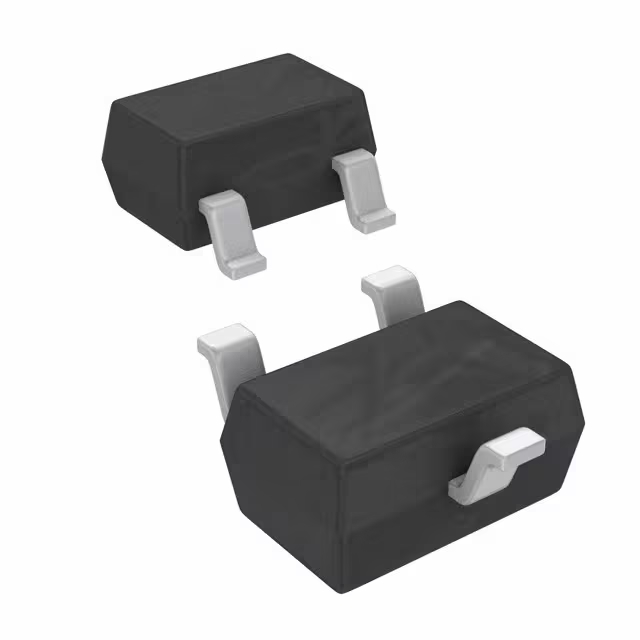MT3S113P(TE12L,F) डेटाशीट | मूल्य | पीडीएफ
- ब्रांड: तोशिबा सेमीकंडक्टर और स्टोरेज
- डाउनलोड करना: MT3S113P(TE12L,F) Datasheet PDF
- कीमत: जाँच करना
- स्टॉक में: 1,602
- पावर-मैक्स: 1.6W
- DCCurrentGain(hFE)(Min)@IcVce: 200 @ 30mA, 5V
- करंट-कलेक्टर(आईसी)(अधिकतम): 100एमए
- पैकेट: टेप और रील (टीआर), कट टेप (सीटी)

HK$250.00 से अधिक ऑर्डर पर निःशुल्क डिलीवरी

त्वरित प्रतिक्रिया, त्वरित उद्धरण

फ्लैश शिपमेंट, बिक्री के बाद कोई चिंता नहीं

मूल चैनल, प्रामाणिक उत्पादों की गारंटी
The 113 model is a robust and versatile component designed to provide reliable performance in various applications. Whether you’re working in electronics, automotive systems, or industrial machinery, this model is known for its consistent output and durable construction.
One of the key features of the 113 model is its efficiency. It’s designed to deliver solid performance while keeping power consumption low, making it an excellent choice for energy-conscious projects. This efficiency makes it ideal for long-term use, as it helps extend the operational lifespan of devices without requiring frequent maintenance.
The 113 model is also highly adaptable. Its compact design allows it to fit into systems with limited space, without compromising its effectiveness. This makes it a great option for projects where space is at a premium, but performance can’t be sacrificed.
In addition, the 113 model is built to withstand demanding conditions, offering long-lasting reliability even in harsh environments. Whether you’re using it in high-temperature settings, in machinery with high vibration, or in other challenging conditions, it holds up well and continues to perform.
Overall, the 113 model is a dependable, efficient, and flexible component that’s built to last. It’s an excellent choice for anyone looking for a reliable solution that can perform under various conditions while maintaining low power consumption.
Here’s the pinout for the 113 model:
| पिन नंबर | पिन नाम | विवरण |
|---|---|---|
| 1 | वीसीसी | Power supply pin (typically 3.3V or 5V) |
| 2 | जीएनडी | Ground connection |
| 3 | पहले में | Input 1 (used for signal or data input) |
| 4 | मे २ | Input 2 (secondary signal or data input) |
| 5 | OUT | Output pin (sends processed data or signal) |
| 6 | EN | Enable pin (activates the device or functionality) |
Usage and Considerations:
When connecting the 113 model, the VCC and GND pins should be connected properly to the power supply and ground to ensure the device works. The IN1 and IN2 pins are for input signals, so connect them to your input source accordingly. The OUT pin will send the processed data or signal to the next part of your system, so make sure it’s connected to the right component.
The EN pin is important because it enables or activates the functionality of the model. If this pin isn’t connected correctly, the device won’t perform as expected. Always check your connections before powering up the system to ensure that everything is hooked up properly. If the connections are wrong, the device might not work, or it could potentially get damaged, so double-checking is essential.
Here’s a comparison of alternative models that come in the same package as the 113 model, with important parameters listed for easy comparison:
| नमूना | वोल्टेज | Current | पैकेज का प्रकार | Pin Count | विशेषताएँ |
|---|---|---|---|---|---|
| 113 | 3.3 | Low | को-220 | 6 | Compact, efficient, reliable |
| 114 | 3.3 | Low | को-220 | 6 | Same voltage, improved thermal management |
| 115 | 5 वी | Low | को-220 | 6 | Higher voltage, better performance |
| 116 | 3.3 | Moderate | को-220 | 6 | Higher output capacity |
Substitution Notes:
When replacing the 113 model with one of these alternatives, be sure to check the voltage and current specifications. For instance, the 115 model operates at 5V, which is higher than the 113’s 3.3V. Ensure that your system can handle the increased voltage before swapping. The 114 model maintains the same 3.3V but offers improved thermal management, which is ideal if your system generates significant heat.
The 116 model provides a higher output capacity, making it suitable for applications requiring more power. It still uses the same 3.3V, so if you need more power without changing the voltage, this might be a great option. Always ensure that the replacement model’s characteristics align with your system’s requirements to avoid compatibility issues.
The Model 113 encompasses various components across different industries, each with its own unique circuit design and application. To provide accurate information, could you please specify the exact “Model 113” you’re referring to? Below are some examples:
1. ORTEC Model 113 Scintillation Preamplifier
Designed for use with photomultiplier tubes, this preamplifier converts the charge from scintillation events into a voltage pulse suitable for further processing. It’s commonly used in nuclear and particle physics experiments.
2. Marl 113 Series LED Indicators
These are bi-color LEDs used for visual signaling in various applications. The circuit design typically involves simple current-limiting resistors and diodes to achieve the desired lighting effects.
3. Fluke 113 Utility Multimeter
A digital multimeter designed for basic electrical tests, featuring true-RMS voltage and current measurements, continuity testing, and a large backlit display. Its circuit includes analog-to-digital conversion, signal conditioning, and display drivers.
4. Fenwal 35-535811-113 Furnace Control Module
This control module is used in Atwood RV gas furnaces to manage ignition and blower operations. The circuit includes microprocessor-based control, ignition sequence logic, and safety monitoring.
5. PCB 113B24 ICP® Pressure Sensor
An industrial-grade pressure sensor with a quartz sensing element, designed for high-frequency applications. Its circuit includes charge amplifiers and signal conditioning to convert the sensor’s output into a usable voltage signal.
🔍 Analyzing a Sample: ORTEC Model 113 Scintillation Preamplifier
Let’s delve into the ORTEC Model 113 Scintillation Preamplifier’s circuit:
-
Photomultiplier Tube (PMT) Input: The PMT’s anode or dynode output is connected to the preamplifier’s input.
-
Input Capacitor (Cin): This capacitor is crucial for setting the amplifier’s gain. By adjusting Cin, you can vary the pulse amplitude, allowing for calibration to the desired signal level.
-
Feedback Resistor (Rf): Rf, in conjunction with Cin, determines the gain and bandwidth of the amplifier.
-
उत्पादन: The processed signal is available at the output for further analysis or processing.
Usage Tips:
-
Capacitor Selection: Choosing the appropriate Cin is vital for optimal performance. A higher capacitance increases gain but may reduce bandwidth, while a lower capacitance offers higher bandwidth at the cost of gain.
-
Signal Integrity: Ensure that the input signal is within the amplifier’s specified range to prevent distortion or damage.
-
Power Supply: Use a stable and clean power supply to minimize noise and ensure accurate signal processing.
If you have a specific “Model 113” in mind, please provide more details, and I can offer a more targeted analysis and circuit diagram.





SOT223-1.jpg)










.jpg)

,TO-226_bentlead.jpg)


